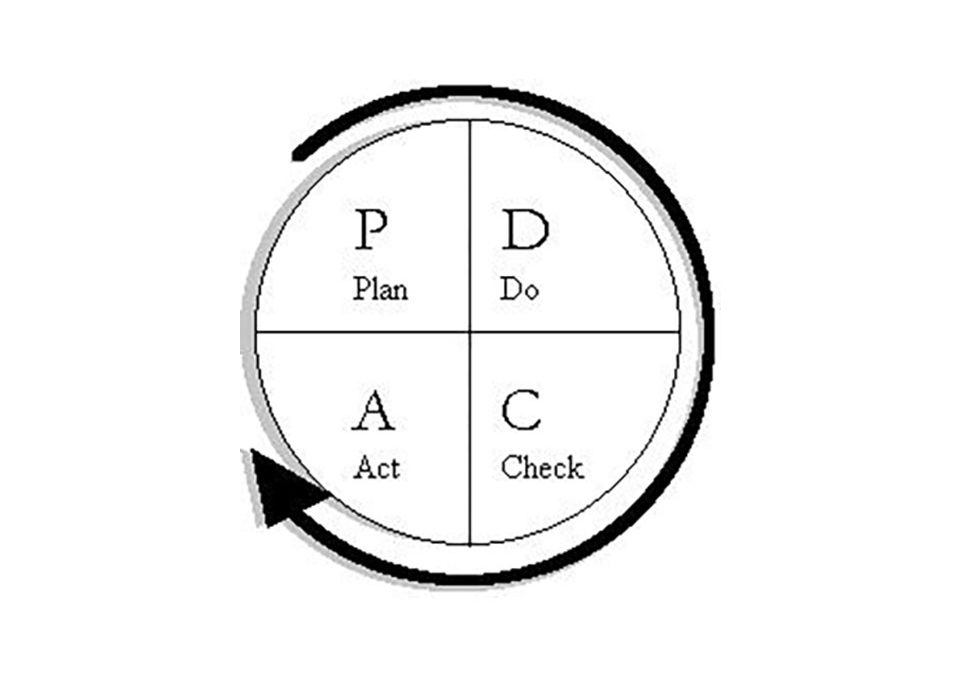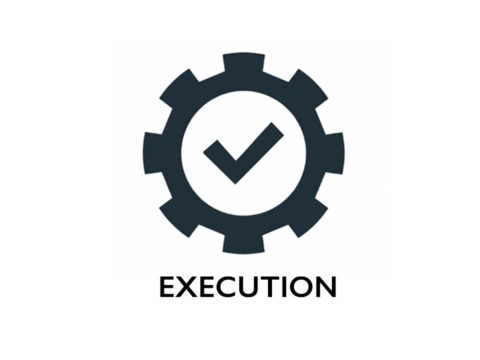Science and Technology and Business

The Future of Technology
June 11, 2013
Competition, Cooperation, and Dell’s Cloud Strategy
September 25, 2013
By Tom Fedro
You probably think this post is about science, but it’s really about business. However, I think businesses that run best run according to the scientific method. Do you remember that from school? It’s fairly simple. You form a hypothesis. Then, you run an experiment designed to prove or disprove the hypothesis. Once done, you check your results and then come to the conclusions necessary or determine that you need new experiments or even a new hypothesis.
Walter Shewhart is sometimes called the father of statistical process control, and he not only created the control chart but also a process of continual improvement dubbed by the late, great Dr. W. Edwards Deming, the Shewhart Cycle. To me, a company committed to ongoing improvement is a company using the Shewhart Cycle, which is based on the scientific method. There are four parts:
Plan: This is essentially the creation of the hypothesis. For example, you might believe that if you add a predictive dialer to your sales team you’ll see an uptick in sales. It’s a hypothesis. You may believe a dedicated customer service department will reduce escalated customer complaints. You might think you should conduct all meetings at the beginning of the day rather than throughout and it will result in timelier attendance. It’s not certain yet, but you’re making an educated guess. The planning stage also includes determining a way to test the theory.
Do: This is the experiment. If you have forty salespeople, perhaps you randomly choose five and put them on a dialer. You do it for a week and you collect data. Maybe you assign an employee to customer service full time for a month and record escalated complaints. Maybe you declare a two week rule for early meetings.
Study: This is the analysis side. Here, you test whether or not your experiment proved your hypothesis true or false. Did you get more sales? Did you have fewer customer service issues? Did the issues with your meetings drop?
Act: This is where you come to a policy conclusion. It may be that you need more data. It may be that your hypothesis was flawed. It may be that the results are significant enough that the course of action is obvious. Once you’ve reached this point, though, you’ve made a decision informed by science.
In my experience, companies that use this tool and others like it see better results than companies that don’t. Give it a try and surprise yourself. A word of warning, though. You might have to write a letter to your seventh grade physical science teacher and apologize for all the times you claimed you’d never use what was taught.




